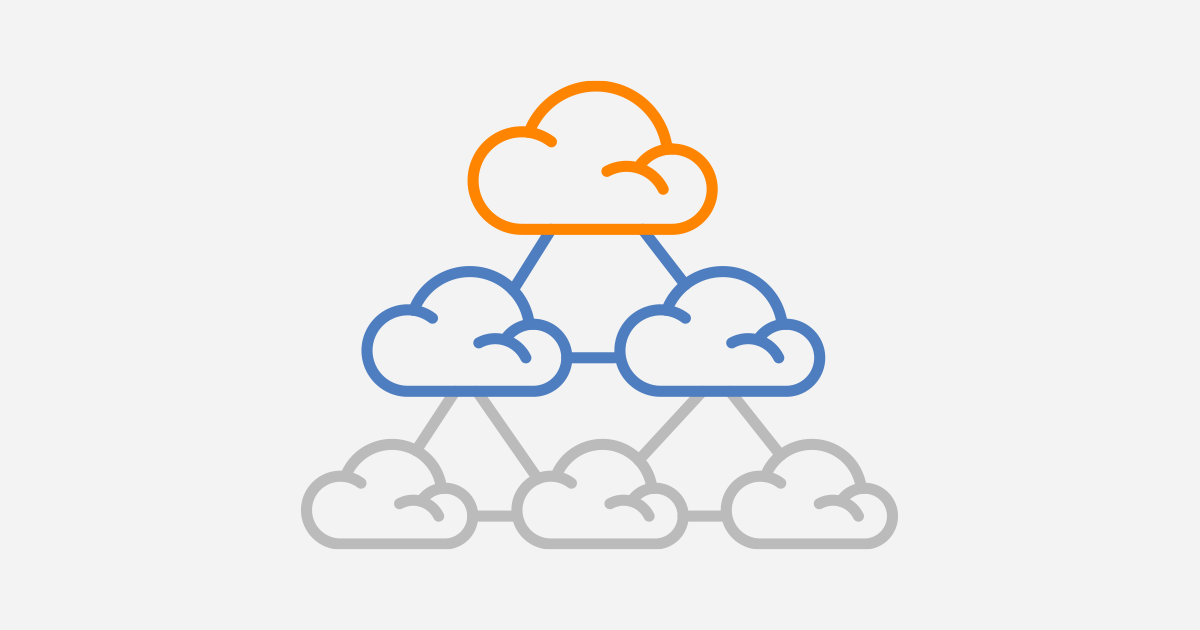Understanding the complexities of IP transit pricing in the realm of connectivity and networking is essential for companies trying to optimize their operations, while also reducing costs. Pricing structures are comprised of a myriad of ports and services, which play a significant role in the final cost. We’ll set out on a journey to understand the economics that drive IP transportation pricing. We will explore key issues, strategies and options.
Port and Service Dynamics
The pricing for IP transit revolves around the use of ports as well as related services. Each service is connected to a port and allows to create flexible configurations for networks that can be customized to your particular needs. It’s crucial to comprehend that every port is able to accommodate various services, and the fees varying depending on the selected products.

Understanding Committed Data Rate (CDR)
Committed Data Rate is the fundamental concept behind IP transit pricing. It represents the minimum amount of data commitment that a port must sign. CDRs should be at least 10% of port size to guarantee the basic connectivity. Minimum commitments, for instance, is 1G if an enterprise chooses to make use of a 10G port. CDR is used to determine pricing. The higher commitments translate into lower unit costs.
The Burst Above CDR
IP transit ports permit the bursting of CDR. This allows companies to manage sudden spikes in traffic. Burst traffic comes at the same cost per Mbps as CDR. This flexibility is provided without any additional costs. This feature is particularly valuable for companies that have frequent changes in usage or seasonal variations in the network’s activity.
Factors Influencing Pricing
The size of the data rate, the speed of the port, as well as the amount of traffic are all factors that influence IP price for transit. Higher CDRs or port speeds generally result in lower charges per unit. This encourages companies to improve their connectivity to achieve cost savings. The competitiveness of the marketplace and the ability to negotiate of the consumer could have an impact on pricing agreements.
Optimizing Budgets and Maximizing Value
In order to manage IP transportation costs requires a methodical approach focused on maximizing budgets while maximizing the value. Companies should conduct a thorough assessment of their requirements for networks by taking into consideration aspects such as expected traffic volumes, scalability needs, and goals for performance. By coordinating these requirements with the most suitable pricing plans and offering companies can be sure they’re receiving the most value from their investment.
Managing costs: Strategies to Manage Costs
Effective cost management strategies can assist businesses to reduce the impact of IP transport costs on their budgets. Regular review of price agreements can be undertaken to identify areas to improve or negotiate. Network tracking and analytics software can assist businesses in making proactive choices.
The importance of Future-Proofing
In an ever-changing technological landscape It is imperative to secure your network infrastructure to ensure its long-term viability. In evaluating IP transit cost options, companies must take into account not only immediate requirements as well as anticipated future growth and expansion. Choosing solutions that are scalable and offer flexibility and room for expansion will help reduce the requirement for expensive upgrade later on.
Compare pricing models and providers
In the market for IP transit there’s a wide array of service providers. Each of them has its unique pricing model and service offering. Businesses can choose the right choice for their requirements by comparing different providers, including things like reliability and service, as well as customer support along with the cost. It is important to consider the complete value proposition of each provider, and not just the bottom line. Click here IP Transit Pricing
Also, you can read our conclusion.
In conclusion, to navigate the economics of IP Pricing for transit, it is important to understand all of the basic dynamics that influence the pricing, as well as strategies and factors. With the help of information about the dynamics of ports and pricing for services while optimizing budgets and securing the network infrastructure for the future, companies can manage cost effectively and maximize their investment. With careful planning, strategic decision-making and a focus on resilience, businesses can establish high-performance and resilient networks that will help them achieve their goals and expansion in a world that is increasingly connected.


